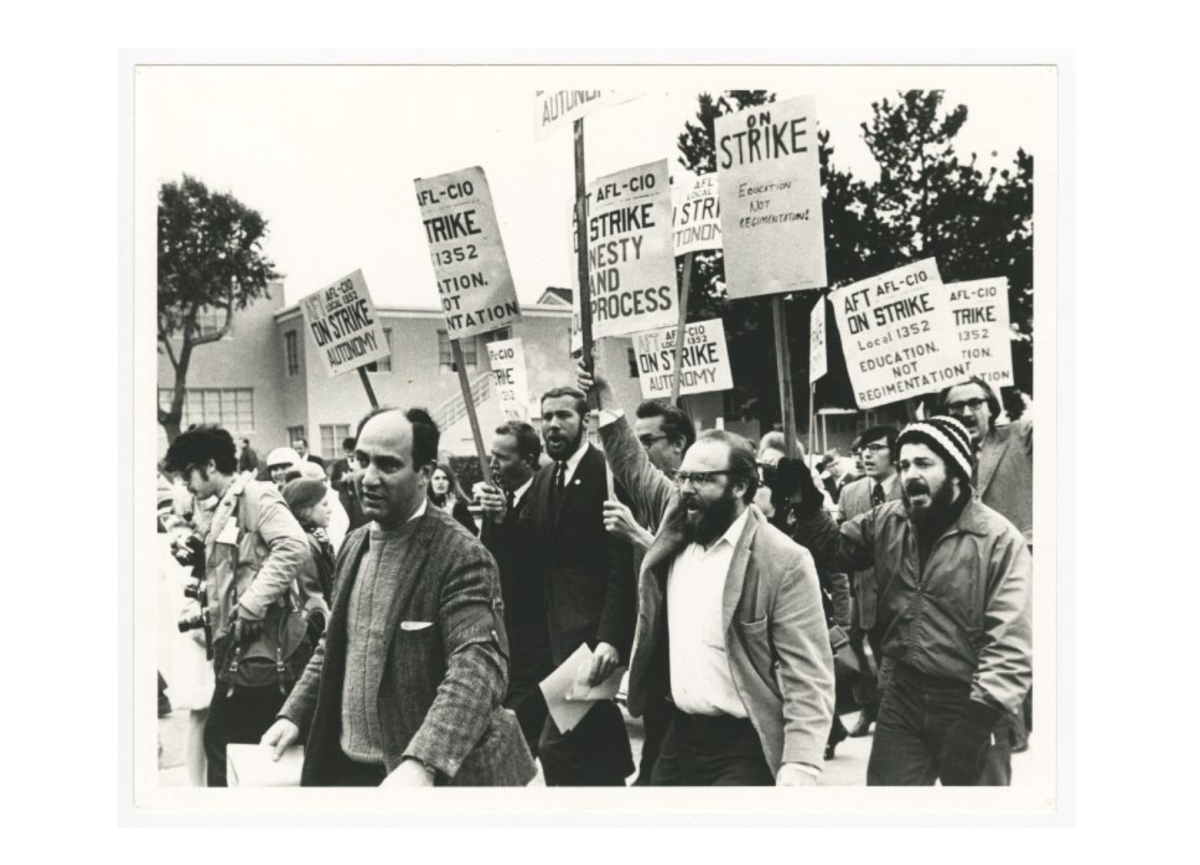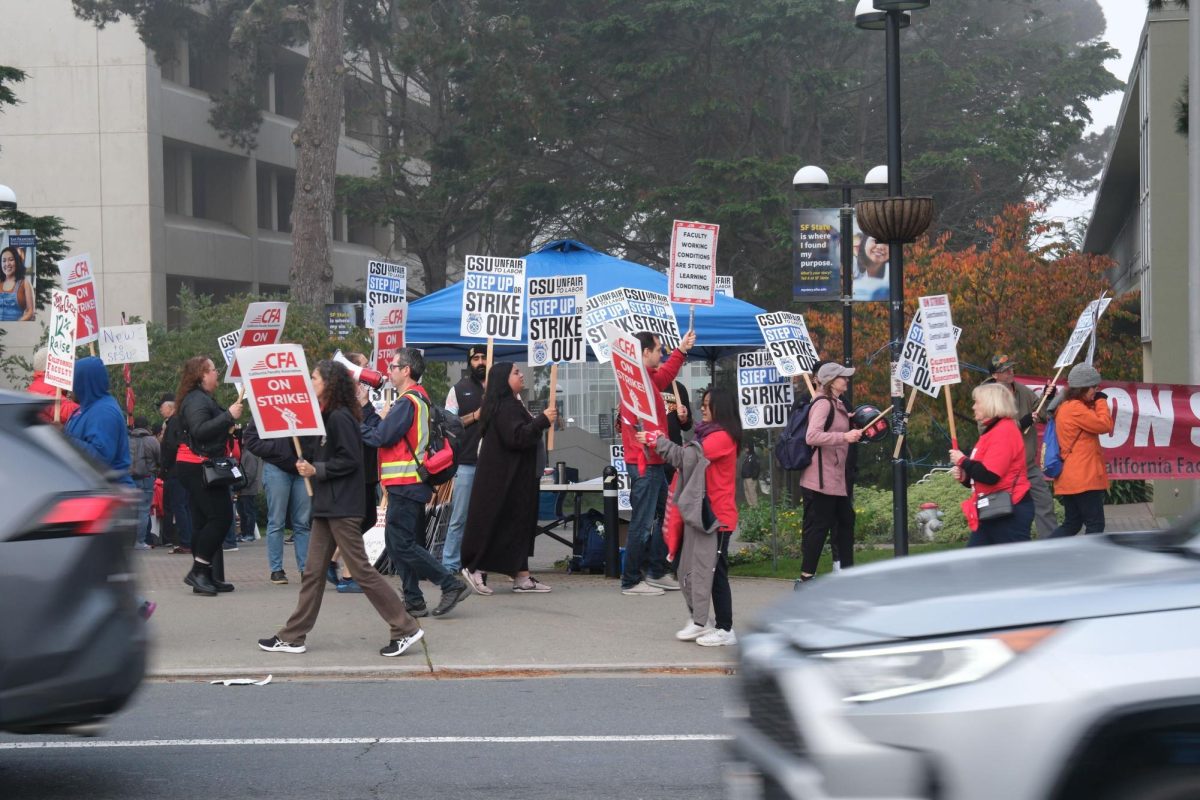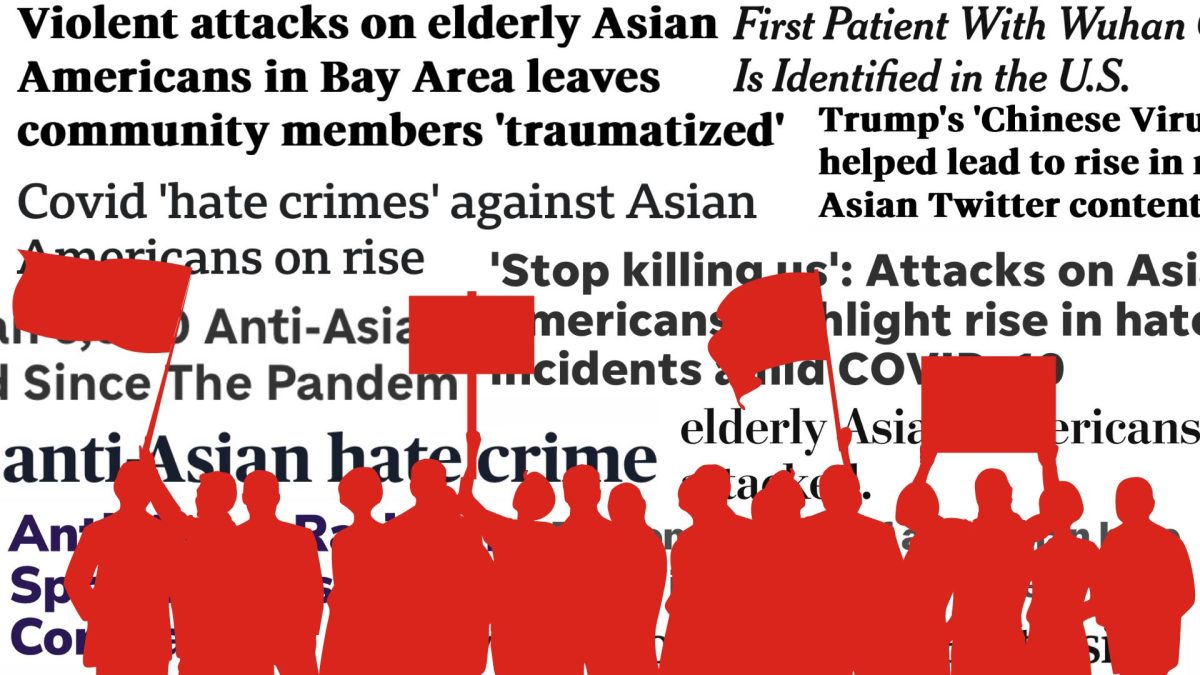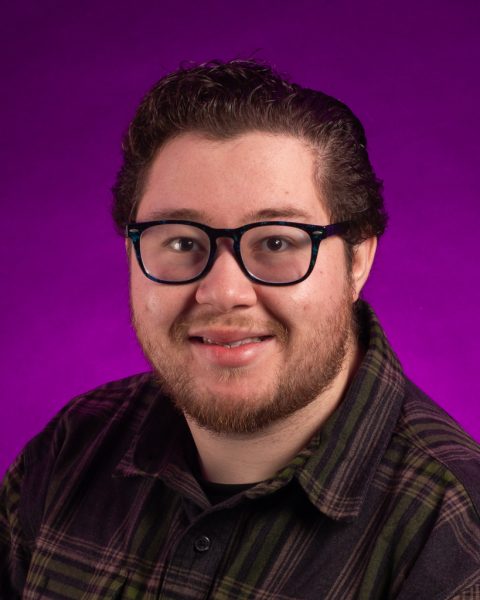For over 55 years, San Francisco State University has been a hub of activism efforts to reform education, with students, faculty and the greater campus community actively participating in strikes and protests for decades.
In November 1968, students from the Black Student Union and the Third World Liberation Front started striking in response to the suspension of George Murray, a teaching assistant and member of the Black Panther Party. The strike ended in March 1969 and would become the longest student strike in U.S. history on a college campus.
Ann Robertson was a graduate student at SFSU, then called SF State College, when the 1968 strike began.
“I come from a background where my family wasn’t political at all. So all of this was incredibly new to me,” Robertson said.
Most of Robertson’s classes were canceled, but one of her philosophy professors did not participate in the strike, so she attended his class.
“I was more on the sidelines, just beginning to get politicized myself. But when I came back [to teach at SFSU], I actually had a very good relationship with most of the faculty in the philosophy department,” Robertson said. “When I was a student, I was kind of critical of them for not being more radical.”
Robertson’s politicization ultimately led her to become involved with the California Faculty Association, the union that represents around 29,000 professors, lecturers, librarians, counselors and coaches at all 23 California State Universities.
Before the CFA was established statewide, the American Federation of Teachers was the union representing faculty at SFSU.
Arthur Bierman, co-founder of the SFSU AFT chapter, wrote a letter to the San Francisco Bay Guardian in December 1968 that SFSU was in a state of crisis despite the image presented by interim SFSU president S.I. Hayakawa and his administration.
“The workload at [SF] State is 50% higher than comparable colleges in other states; instructors’ pay is 20-30% lower; instructors have no contract; and the Academic Senate’s decisions have been violated frequently at will by the chancellor and trustees,” Bierman wrote.
On Jan. 6, 1969, the AFT went out on strike against SFSU administrators, the California State University Board of Trustees and state legislators — over 350 teachers formed a picket line near the entrance of the campus at 19th and Holloway Avenue to prevent students from going to class by crossing the picket line.
“The union was sympathetic to the Black students,” said Bierman in an oral interview in 1992. “The main reasoning along these lines was that the third-world people were not going to escape their lower position in the economic scale and acceptance into society unless they got themselves educated.”
Robertson added that alongside the support and solidarity for the Black Student Union, the AFT was concerned about possible legal repercussions for striking as state law prohibited state employees from striking or using collective bargaining.
Among the AFT’s demands were the establishment of rules for faculty involvement in decisions around unit and class load assignments and amnesty for all faculty, students and staff who participated in the strike.
The ADF also demanded that SFSU’s administration settle the 15 demands of the Black Student Union and Third World Liberation Front.
Similarly to the AFT, the CFA demands were designed to benefit students and faculty members. One of the key demands by the CFA was a 12% salary increase to keep up with other educational institutions and inflation. CFA demands included a 1500:1 student-to-counselor ratio and easily accessible gender-inclusive restrooms.
Mark Allen Davis, CFA-SFSU racial and social justice representative, emphasized the critical importance of faculty unions engaging with students to tackle their demands and that students are just as fired up and engaged as they were in the 1960s.
“Tuition hikes, the war in Gaza, the attack on [Critical Race Theory] and LGBTQ+ rights, all of it is right for students just as much as it was back then to organize and participate and engage,” he said. “We wouldn’t have had such a successful December 5 strike on this campus if it wasn’t for the support of the students.”
Davis noted one main difference: students and faculty in the 1960s faced issues that were more in the forefront. At the same time, today’s campus community deals with more distractions that prevent them from tackling as many issues.
“Students shouldn’t have to pay tuition because education is a public good. The entire society benefits when people are well-educated. So it makes sense to help society pay for it, not the individual,” Robertson said.
Similarly to the CFA, the AFT quickly reached a tentative agreement on Feb. 25, 1969, and the union voted on and approved it on March 2.
The faculty returned to work two days later with provisions to dismiss disciplinary actions against faculty members who participated in the strike, funding, and staffing for the Black Studies (now Africana Studies) Department and the School (now College) of Ethnic Studies.
The strike proved that the AFT and future educator labor unions like the CFA could execute a strike without legal repercussions or punishment.
Though the faculty was able to get most of their demands met by the SFSU administration, the AFT failed to settle the demands set by students. The BSU and TWLF continued to strike until March 21, 1969, when they reached an agreement, ending the strike after 133 days.
Robertson noted that several parallels between the AFT and CFA strikes could be seen. Still, she believes that solidarity between faculty and students was stronger in the 1960s and that today’s faculty and students are looking to rebuild that strong alliance.
“It’s real power. That’s where our power comes from. It comes from acting collectively,”
Robertson said. “Because if we’re all doing something together, which we’ve decided on democratically, we can begin to control what happens at the university.”








